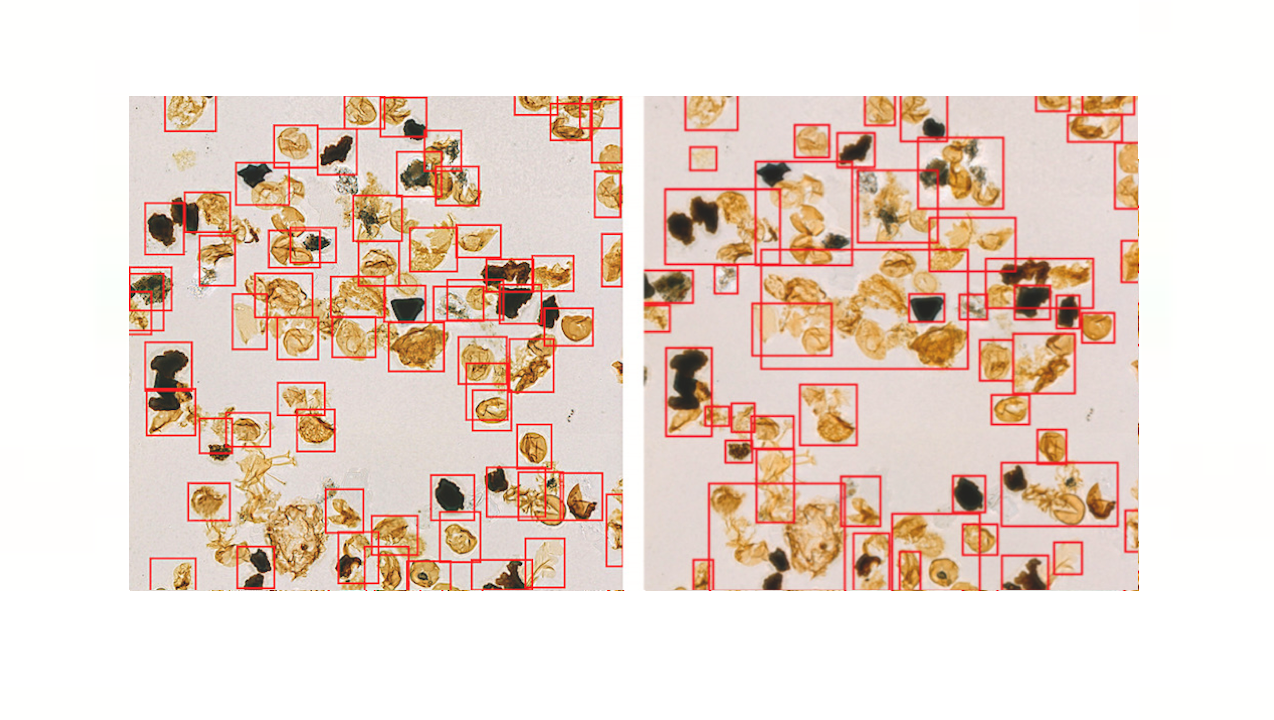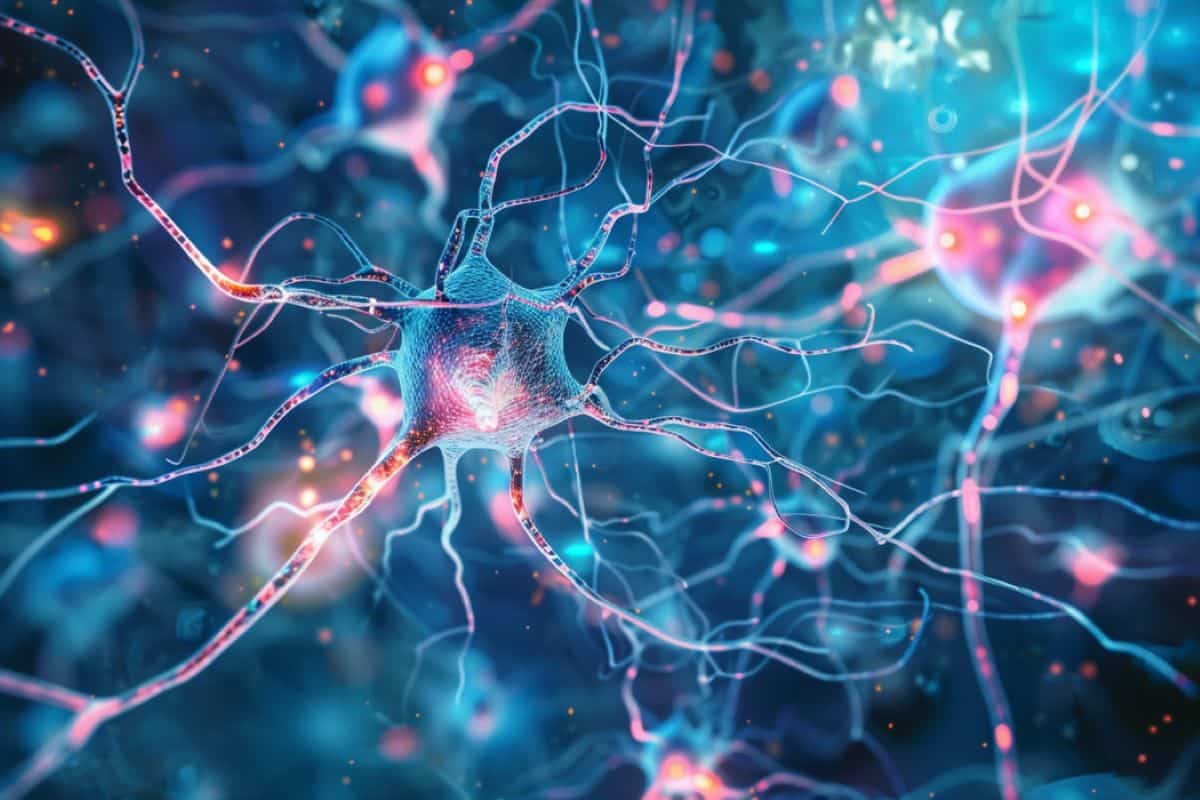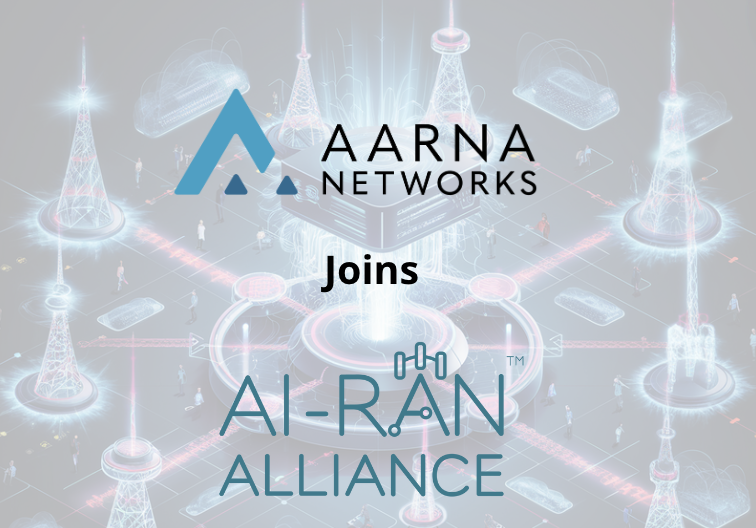
A Los Alamos National Laboratory-led crew has developed machine studying interatomic potentials that allow time- and expense-saving simulations, a strong device for all the pieces from drug design to supplies discovery. Image Courtesy LANL
LANL NEWS RELEASE
The skill to simulate the habits of methods on the atomic stage represents a strong device for all the pieces from drug design to supplies discovery. A crew led by Los Alamos National Laboratory researchers has developed machine studying interatomic potentials that predict molecular energies and forces performing on atoms, enabling simulations that save time and expense in contrast with present computational strategies.
“Machine studying potentials more and more provide an efficient different to computationally costly simulations that attempt to signify advanced bodily methods on the atomic scale,” mentioned Benjamin Nebgen, Los Alamos chemical physicist and co-author of a latest Nature Chemistry paper describing the work. “A normal reactive machine studying interatomic potential, relevant to a broad vary of reactive chemistry with out the necessity for refitting, will vastly profit chemistry and supplies science.”
Bridging the hole in efficient simulations
Building efficient simulations for molecular dynamics in chemistry is historically completed with physics-based computational fashions, together with classical pressure fields or quantum mechanics. While quantum mechanical fashions are correct and customarily relevant, they’re extraordinarily computationally costly. By distinction, classical pressure fields are computationally environment friendly, however of comparatively low accuracy and solely relevant to a restricted vary of methods. ANI-1xnr, the crew’s transformational machine studying mannequin, bridges the hole in pace, accuracy and generality that has existed in chemistry for a lot of many years. (Machine studying is an software of synthetic intelligence the place laptop applications “study” via coaching.)
ANI-1xnr represents the primary reactive machine studying interatomic potential normal sufficient — it may be utilized to many various chemical methods — to compete with physics-based computational fashions for performing large-scale reactive atomistic simulations. ANI-1xnr was developed utilizing an automatic workflow that carried out reactive molecular dynamics simulations over a variety of chemical methods containing carbon, hydrogen, nitrogen and oxygen components.
ANI-1xnr proved able to learning a various vary of methods, from carbon part transitions to combustion to prebiotic chemistry. The crew validated the simulations by evaluating them with outcomes from experiments and from typical computational methods.
In this workflow, nanoreactor simulations robotically pattern reactive chemical house with out counting on human instinct. The nanoreactor is a particular class of atomistic simulations by which chemical reactions are induced by colliding molecules at excessive velocities. Active studying makes use of machine studying potential, ANI-1xnr, to drive the nanoreactor dynamics and sub-select constructions with excessive uncertainties. Case research equivalent to carbon part transitions of carbon and methane combustion check the generality of the ensuing mannequin, ANI-1xnr. Courtesy LANL
A transformational interatomic potential
“ANI-1xnr doesn’t require area experience or refitting for each new use case, enabling scientists from a various vary of domains to review unknown chemistry,” mentioned Richard Messerly, computational scientist at Los Alamos and co-corresponding creator of the paper. “The normal applicability of ANI-1xnr is transformational, representing a major step towards changing the long-standing modeling methods for learning reactive chemistry at scale.”
The information set utilized by the crew and the ANI-1xnr code has been made publicly obtainable to the analysis group.
Paper: “Exploring the frontiers of condensed-phase chemistry with a normal reactive machine studying potential.” Nature Chemistry. DOI: 10.1038/s41557-023-01427-3
Funding: The work was supported by the DOE Office of Science, Basic Energy Sciences’ Chemical Sciences, Geosciences, and Biosciences Division and by the Laboratory Directed Research and Development program at Los Alamos. Work at Los Alamos was carried out partly on the Center for Nonlinear Studies and on the Center for Integrated Nanotechnologies, a DOE Office of Science consumer facility. This analysis used assets offered by Los Alamos’ Institutional Computing Program.
Like this:Like Loading…
Related
https://losalamosreporter.com/2024/03/24/lanl-artificial-intelligence-helps-explore-chemistry-frontiers/




